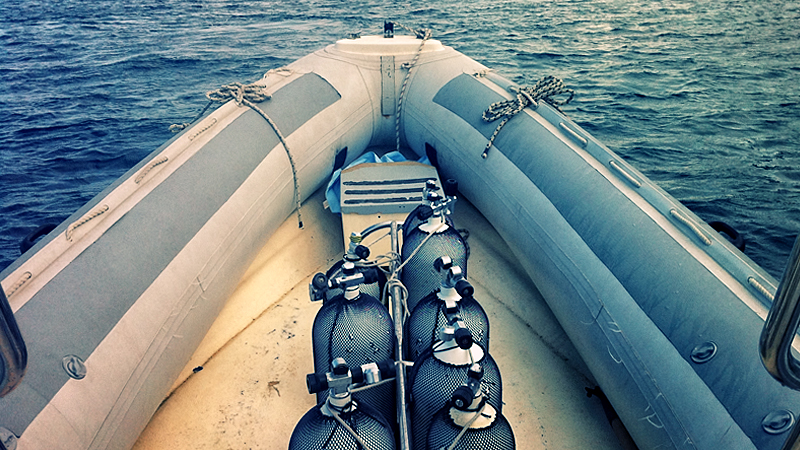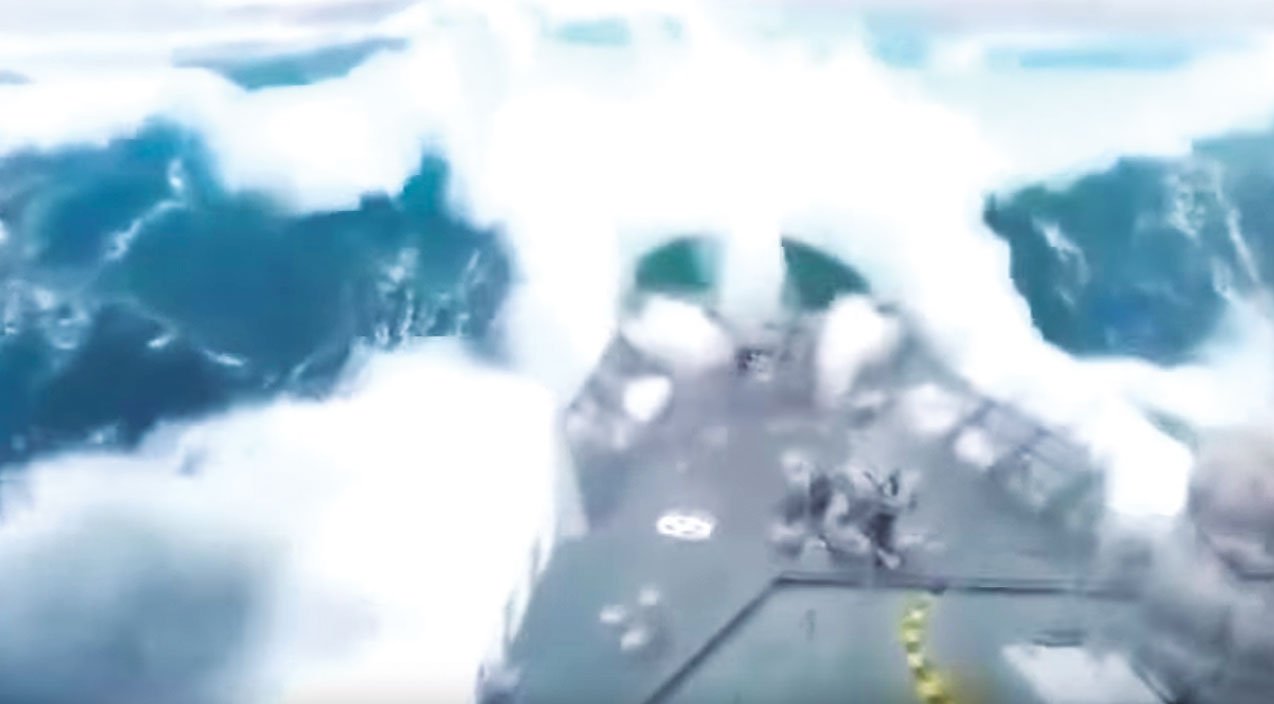

Most small, open-bow or low-freeboard boats should not be operated in heavy weather on large bodies of water at all. However, open-bow boats (referred to by lake-patrol rangers as "water scoops") are at greater risk than closed-bow boats. This usually poses little danger to the average powerboat. When you're taking the waves on your bow, you're running into a head sea. Each requires different operational maneuvers and techniques.

Each has its own characteristics and dangers. It's safest to take the waves on the bow, operate near the windward shore, and stay away from the leeward shore.īut the skipper must be prepared to manage the boat in all three basic sea conditions - head seas, beam seas, and following seas. Handling heavy weather in small boats means paying attention to conditions and using whatever advantages you have to protect the boat from the waves. Although I had traveled farther than if I had taken a direct route, I completed the rescue in less than 30 minutes.

Running with the waves, I swooped in and made the rescue. Once in the shelter of the windward shoreline, I cruised in nearly calm water to a point above the disabled vessel. After evaluating the situation, I turned beam to the sea and crossed the lake. Lake Meredith is a long lake and the wind was blowing hard at a slight angle across the water and toward me.īattling the fierce head sea, it would take me almost an hour to reach the disabled craft, and the ranger who reported the problem doubted a rescue could be made before the boat crashed into the leeward shore. One cold, windy day as I patrolled Lake Meredith in the Texas Panhandle, I received a report of a small boat drifting about eight miles away. A straight line may be the shortest distance between two points, but it's not always the fastest, safest, or most comfortable route.


 0 kommentar(er)
0 kommentar(er)
